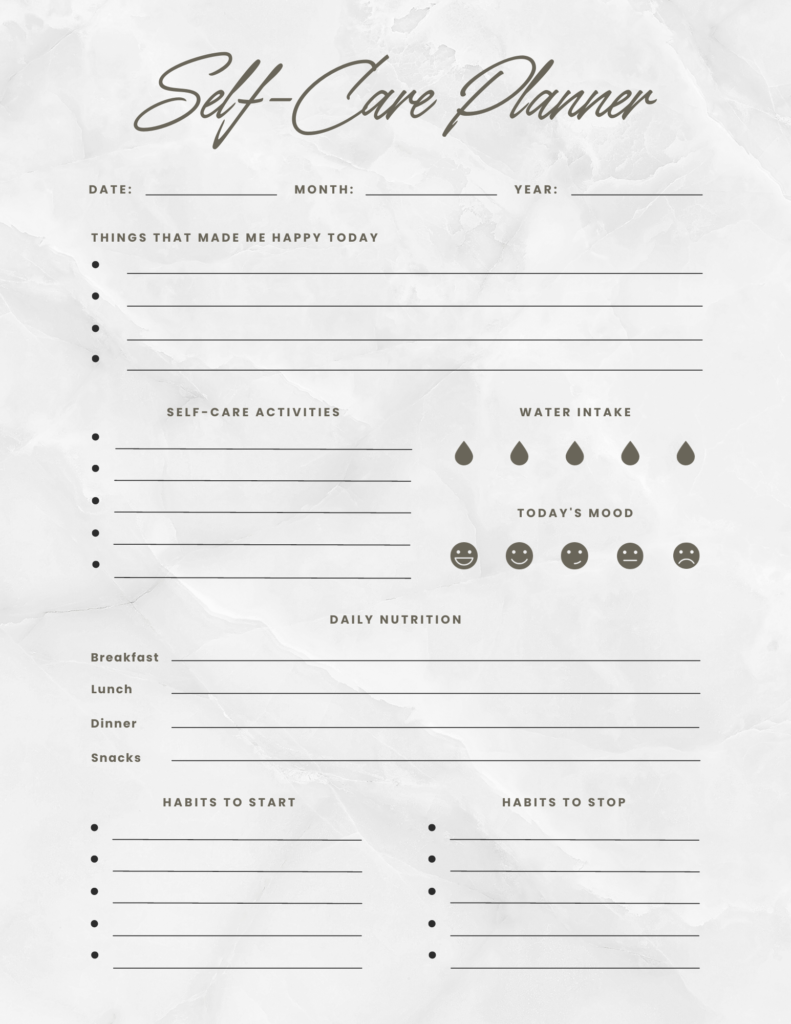Self Care Checklists
Life is unpredictable. Some days are a breeze, while others test our limits. Thinking a self care checklist can be a one-size-fits-all answer to all your self-care struggles?
That’s wishful thinking.
And: dismissing them outright isn’t the way either. Used correctly, a self-care checklist becomes less about ticking boxes and more about grounding ourselves amidst the chaos. It’s a nudge, a reminder, a moment to refocus. It won’t solve every problem, but it can certainly guide you on those days when direction feels lost.
Dive in with us to understand how to craft a checklist that serves you, not the other way around. Because, let’s be honest, you deserve self-care that truly works.
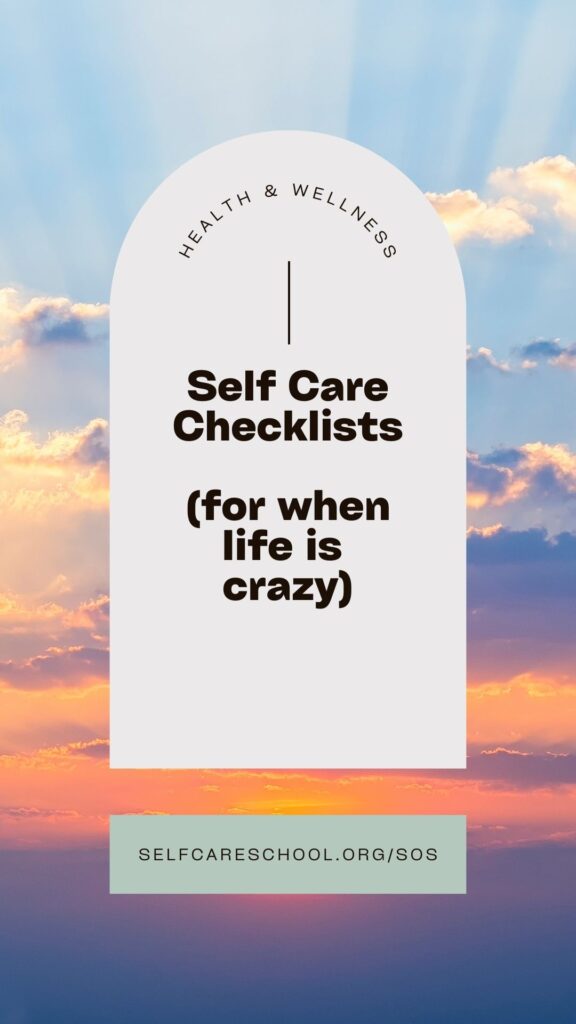
When You Might Need a Self Care Checklist
Life’s unpredictability can present scenarios where grounding through a self-care checklist becomes invaluable. Here are some life situations where such a checklist might be especially beneficial:
- New Parenthood: Adjusting to the demands and sleepless nights can be overwhelming. A checklist can help ensure parents take moments for themselves.
- Grieving: Whether it’s the loss of a loved one, a job, or an end of a relationship, a self-care checklist can offer guidance during the tumultuous process of grief.
- Starting College or a New Job: New environments and responsibilities can lead to stress. A checklist can be a comforting tool, providing structured moments of self-care amidst the chaos.
- Health Challenges: Whether facing chronic illness or recovering from surgery, a checklist can guide daily routines to foster mental and physical recovery.
- Breakups or Divorce: Emotional upheaval can be countered with self-care strategies, ensuring one’s well-being isn’t neglected during heartbreak.
- Relocation: Moving to a new city, state, or country brings about a set of challenges. A checklist ensures that amidst the settling in, you’re still prioritizing your needs.
- Retirement: This significant life transition comes with its own set of emotional and physical changes. A checklist can offer structure in a newly unstructured daily life.
- Experiencing Trauma: Post traumatic events, a self-care checklist can be an anchor, offering gentle reminders to prioritize healing.
- Financial Stress: During times of monetary uncertainty, a checklist focused on affordable or free self-care practices can bring relief and grounding.
- Managing Mental Health: For those navigating depression, anxiety, or other mental health challenges, a daily checklist can serve as a tangible step towards stability and self-support.
- Caring for a Loved One: Whether it’s aging parents or a sick family member, being a caregiver can be draining. A checklist ensures caregivers also care for themselves.
In each of these scenarios, the checklist acts as a touchpoint. While it doesn’t replace professional guidance or therapy, it offers a daily tool to ensure individuals don’t lose sight of their own needs, even during challenging times.
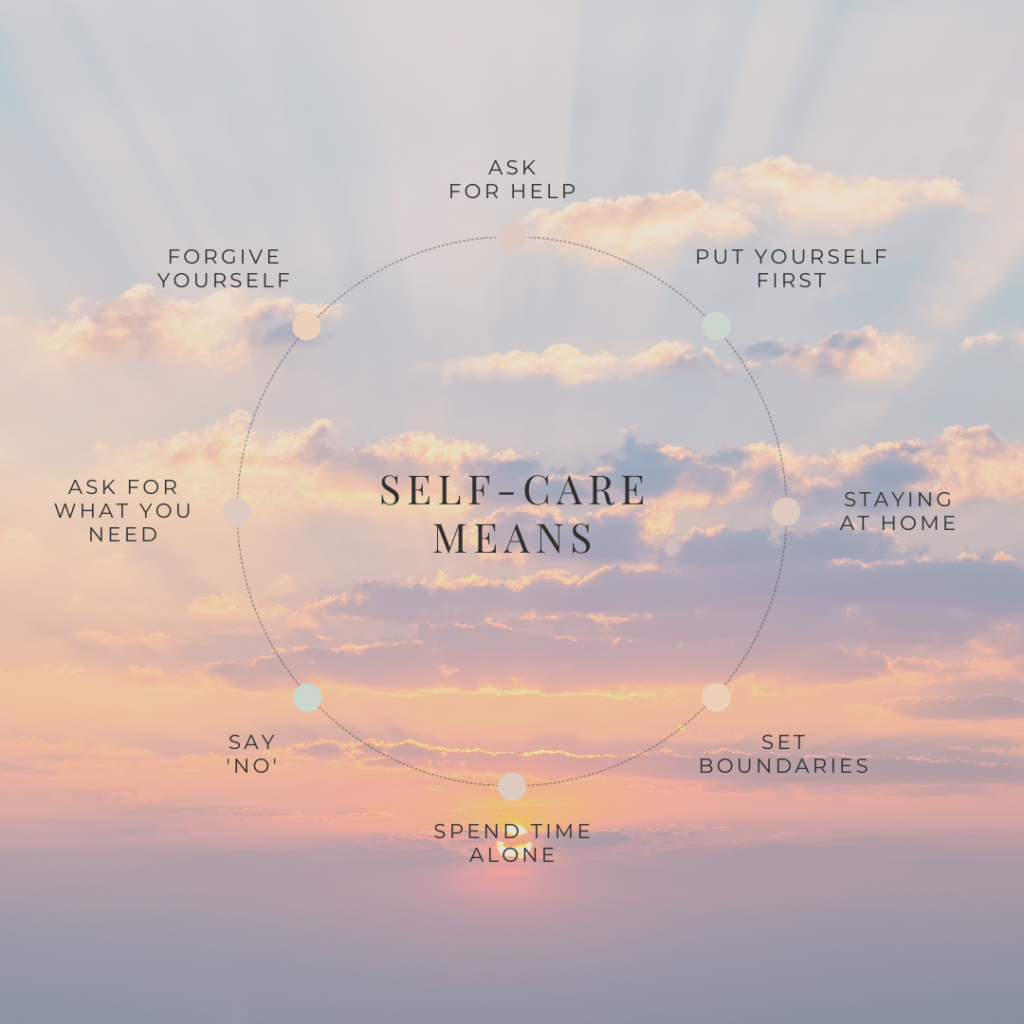
SOS Self Care Checklist
The SOS Self-Care Checklist: Your Anchor During Storms
Life doesn’t always go as planned. Some days, we find ourselves caught in the whirlwind of overwhelming emotions, unexpected news, or simply the weight of day-to-day grind. During such moments, it’s essential to have a go-to strategy, an SOS if you will, to ground and recenter ourselves. Enter the SOS Self-Care Checklist. Think of it as your emergency lifeline, a kind yet firm reminder from that wise older sister who always knows just what you need. Designed for those urgent moments when you need a breather, this checklist is your quick guide back to equilibrium.
SOS Self-Care Checklist
- Deep Breaths: Before anything else, take five deep breaths. Inhale for four counts, hold for four, exhale for four.
- Hydrate: Drink a full glass of water. Dehydration can intensify stress.
- Feet on Ground: If you’re seated, plant both feet firmly on the ground. Feel the earth beneath, anchoring you.
- Quick Body Scan: Start from your toes and work your way up to your head. Notice any tension and consciously try to release it.
- Step Away: If possible, remove yourself from the current environment. Even just a few minutes in a different room or a short walk outside can help.
- Limit Digital Exposure: Put away your phone, shut the laptop. Disconnect, even if it’s just for a few minutes.
- Affirmation: Say to yourself, “This too shall pass. I am capable and strong. I can handle this.”
- Engage Your Senses: Grab something with a calming scent (like lavender) or listen to a short calming audio track. Engaging your senses can be grounding.
- Write it Out: Jot down what you’re feeling. Sometimes, putting emotions on paper can help process them.
- Seek Support: If it becomes too much, don’t hesitate to reach out. Call a trusted friend, family member, or professional.
This SOS Self-Care Checklist isn’t a replacement for ongoing self-care practices or professional intervention when needed. However, it’s a handy tool for those moments when life throws a curveball, and you need a quick, potent strategy to regain balance. Save it, print it, keep it close—because self-care is not a luxury; it’s an absolute necessity.
Printable Self Care Checklists
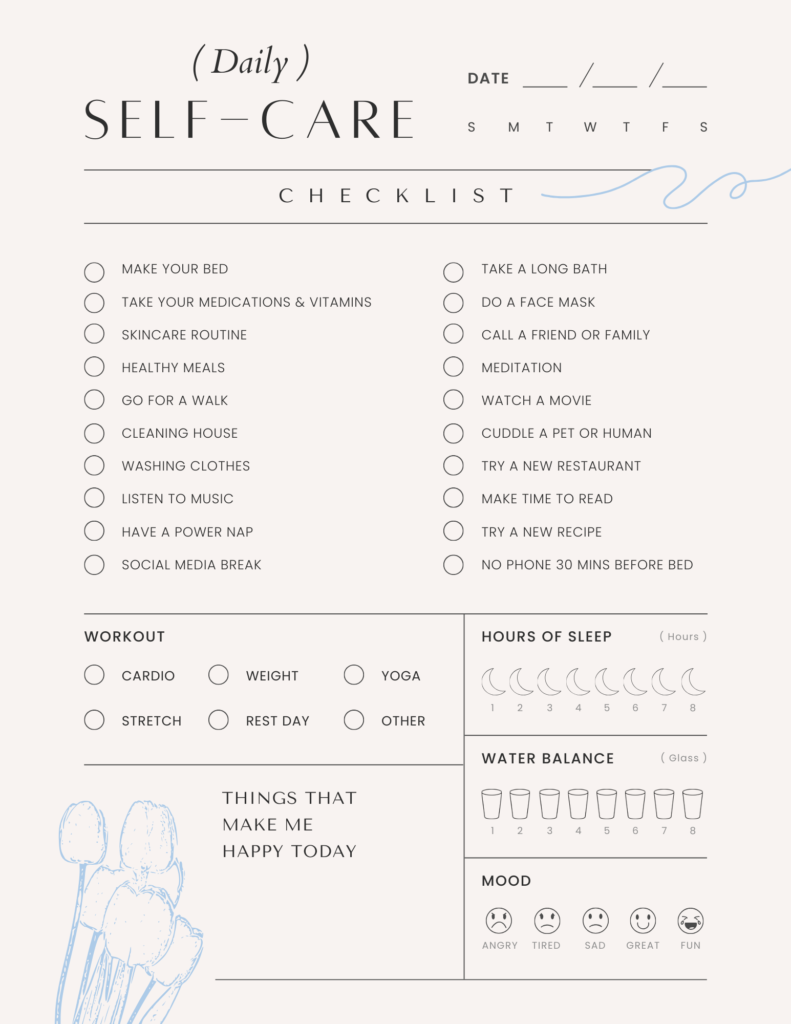
(Click to Enlarge)
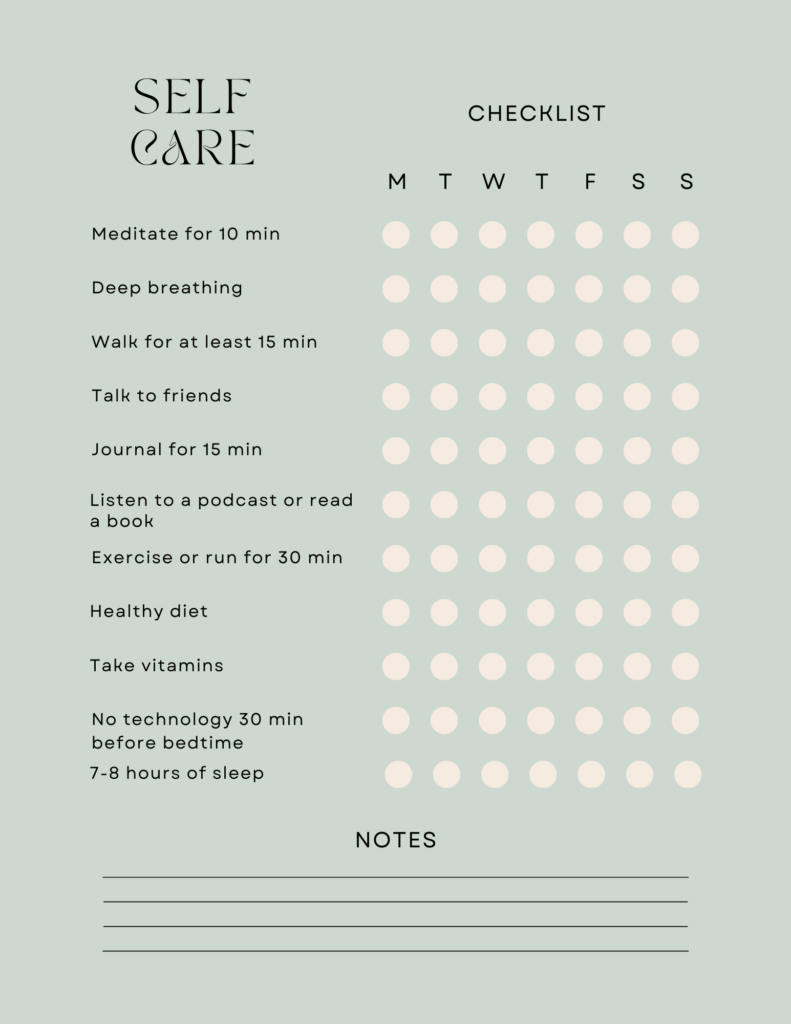
Click image to enlarge.
